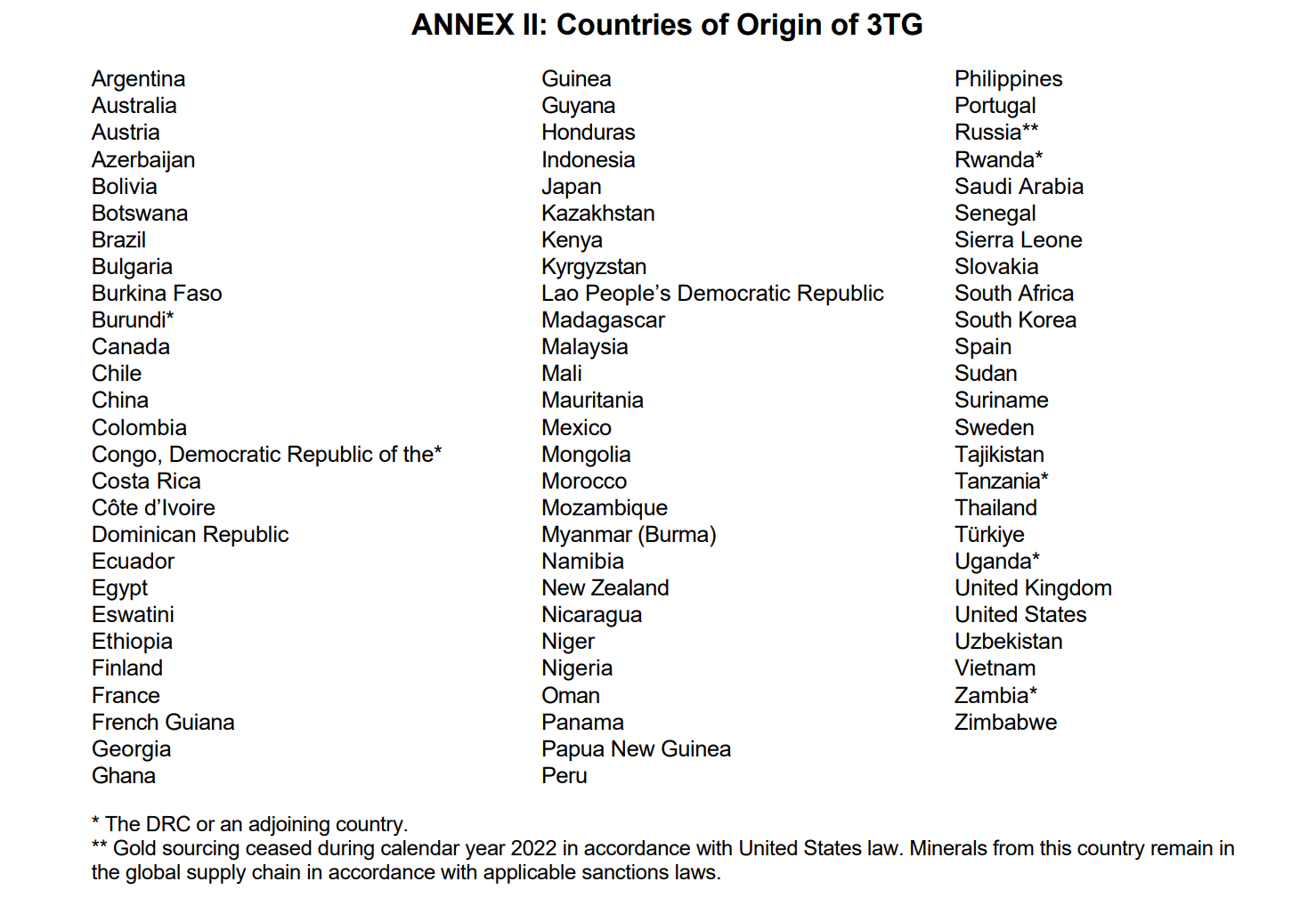- cross-posted to:
- [email protected]
- [email protected]
- [email protected]
- cross-posted to:
- [email protected]
- [email protected]
- [email protected]

This weekend, U.S. secretary of commerce Howard Lutnick went on CBS’s Face the Nation and pitched a fantasy world where iPhones are manufactured in the United States: “The army of millions and millions of people screwing in little, little screws to make iPhones, that kind of thing is going to come to America, it’s going to be automated, and the tradecraft of America is going to fix them, is going to work on them, there’s going to be mechanics, HVAC specialists, electricians,” Lutnick said. “The tradecraft of America, the high school educated Americans, the core to our workforce is going to have the greatest resurgence of jobs in the history of America to work on these high tech factories which are all coming to America.”
“The army of millions and millions of human beings screwing in little screws to make iPhones, that kind of thing is going to come to America.” - LutnickWell. Enjoy your sweatshop jobs everybody. pic.twitter.com/h9k83SHZXd
— Spencer Hakimian (@SpencerHakimian) April 6, 2025
The idea of a Made-in-the-USA iPhone has been an obsession for politicians for years, a kind of shorthand goalpost that would signal “American manufacturing is back” that is nonetheless nowhere close to being a reality and would require a nearly impossible-to-fathom restructuring of the global supply chains that make the iPhone possible in the first place. Over the years, economists and manufacturing experts have attempted to calculate how much an American-made iPhone would cost. In recent days a Quora answer from 2018 that suggests an American iPhone would cost $30,000 has gone repeatedly viral. A Reuters story that claims a tariffed iPhone would cost $2,300 has also gone viral.
These articles are good exercises but they are also total fantasy. There is no universe in which Apple snaps its fingers and begins making the iPhone in the United States overnight. It could theoretically begin assembling them here, but even that is a years-long process made infinitely harder by the fact that, in Trump’s ideal world, every company would be reshoring American manufacturing at the same time, leading to supply chain issues, factory building issues, and exacerbating the already lacking American talent pool for high-tech manufacturing. In the long term, we could and probably will see more tech manufacturing get reshored to the United States for strategic and national security reasons, but in the interim with massive tariffs, there will likely be unfathomable pain that is likely to last years, not weeks or months.
The truth is that, assembled in the U.S. or not, the iPhone is a truly international device that is full of components manufactured all over the world and materials mined from dozens of different countries. Apple has what is among the most complex supply chains that has ever been designed in human history, and it is not going to be able to completely change that supply chain anytime soon.
We can see how the iPhone is made today by looking at numerous reports that Apple puts out every year, which outlines its current supply chain and workforce requirements. So let’s start there. The home page of Apple’s supply chain website states “Designed by Apple in California. Made by people everywhere.”
A Global Supply Chain
Even production of the much-touted “American assembled” Mac Pro was partially moved back to China and, in some cases, Thailand. Mac Pros that are assembled in the United States are done so with materials that are mined all over the world and are turned into components that are manufactured all over the world.
0:00/0:45 1×
Apple’s conflict minerals report filed with the SEC details where it sources tin, tantalum, tungsten, and gold, which are four metals it uses in manufacturing and which companies are required to report the country of origin to the government because they are often sourced from war-torn nations. In 2023, the last year that data is available, it sourced those four metals from 79 different countries, from roughly 200 different refineries and smelters. Just 20 of those smelters are in the United States. Apple’s longer supplier list shows where different components are manufactured, and is full of companies who do their manufacturing in Singapore, China, Taiwan, Vietnam, Malaysia, the Philippines, Thailand, South Korea, Japan, India, and elsewhere. There are some U.S. manufacturers on this list, but the overwhelming majority of them are in Asia.
 Countries where Apple suppliers source just four different minerals
Countries where Apple suppliers source just four different minerals
If Trump’s tariffs stick, it is possible, maybe even likely, that Apple begins to source more materials and components from U.S. manufacturers. But Apple’s supply chain is one of the most complex in the world, with components and minerals coming from every continent. This supply chain has been honed over the course of decades and is not something that can be remade in a year or two.
Millions of Workers
Apple’s supply chain documents say that its manufacturing partners currently employ at least 1.4 million people, and that it has more than 320 suppliers overall. Lutnick suggested that Apple will “automate” this “army” of people in the United States, and that Americans with high school diplomas will take the ancillary jobs. More automation is coming to Apple manufacturing lines. But that work is slow going, many of Apple’s products are still assembled largely by hand, and it is not clear who will build the theoretical machines and factories that would automate iPhone manufacturing. This is a point that Ryan Petersen, the CEO of logistics company Flexport, brought up on Bloomberg’s Odd Lots podcast Monday.
“I talked to two different people who had to pause their factory buildouts [in the U.S.] because of the tariffs, because the machines they were going to buy are too expensive now,” Petersen said. “Factories require machinery and components from other countries, so if machinery gets really expensive you’re going to have less manufacturing, not more. So I think this is very unlikely to yield the results that they want.”
Apple set a goal to reduce the number of people working on iPhone assembly by “up to 50 percent” by 2030, The Information reported last year. But automating production of the iPhone has been a goal for a very long time, and there are still millions of people working on it. Apple has also made strides in creating robots that can disassemble an iPhone, but even these robots only deal with a fraction of the total number of iPhones that are disassembled and recycled around the world. Human beings remove the batteries from the vast majority of iPhones that are recycled to prevent fires; the rest of the device is usually run through a shredder and individual metals are sorted out, melted down, and downcycled.
Chinese memes on American re-industrialization rolling in. lol the music. 😂 pic.twitter.com/GZE2jHDgWZ
— Gabor Gurbacs (@gaborgurbacs) April 7, 2025
This is to say nothing of training a workforce to assemble iPhones in the United States, and whether people would even want these jobs. Trump’s tariffs and Lutnick’s comments instantly spawned viral AI slop videos of stressed out, upset, and overworked Americans working in dank factories. These videos are rude but are not totally wrong. The Reshoring Institute put out a paper that said American machine operators made an average of $43,000 annually in 2022; Vietnamese machine operators made less than $5,000 annually.
[Content truncated due to length…]
From 404 Media via this RSS feed
“When President Obama asked to meet with Steve Jobs, the late Apple boss, his first question was ‘how much would it cost to make the iPhone in the United States, instead of overseas?’ Jobs was characteristically blunt, asserting that ‘those jobs are never coming back’.
https://www.goodreads.com/quotes/7261677-when-president-obama-asked-to-meet-with-steve-jobs-the
There’s probably a better source than a quote of a quote, but there it is.
Jobs gone, felon lives on.
Of course it is. The point of the tariffs is not to help working class people but to funnel more profit to the owning class people. This is really and truly just bog standard capitalism doing what it does best when it is dying: manufacturing a crisis. In the name of profit.


